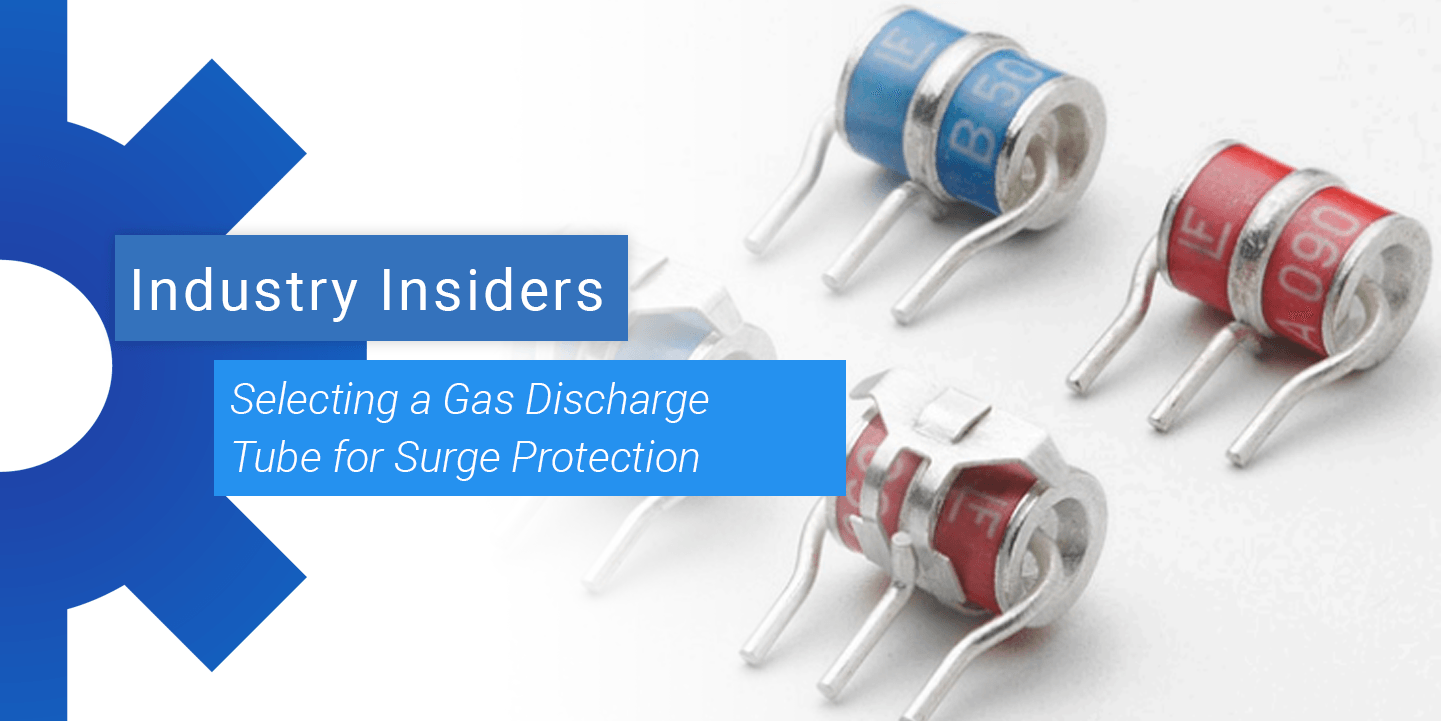
If you’re reading this on your desktop computer, then you’re likely plugged into a surge protector (or at least you should be). Although serious power surge events in North America and most of Europe can be rare, they can still produce huge overvoltage surges that are severe enough to damage sensitive electronics.
Surge, electrical fast transient (EFT), and electrostatic discharge (ESD) protection methods are distinguished in various standards and all require different levels of overvoltage protection. The standards that govern your product will specify the required level of overvoltage suppression, and you should try to balance the required overvoltage suppression against costs, footprint, and response time when selecting a transient voltage suppression (TVS) device.
What is a Gas Discharge Tube?
If you are familiar with TVS diodes or thyristors, then you already have an idea of the purpose of a gas discharge tube. Very simply, a gas discharge tube is designed to provide TVS protection without inhibiting the behavior of the circuit it is intended to protect. Different devices have different ideal uses in either DC or AC systems. You’ll also need to determine the appropriate capacitance for your application, which will also depend on the TVS source you need to protect against (i.e., lightning, switching surges, ESD, or power line surges).
Comparing Gas Discharge Tubes with Other TVS Components
One might say that the easiest way to implement TVS protection in a DC system is with a bypass capacitor and series inductor (i.e., high frequency signals are bypassed to ground and blocked from the load). This may be fine in relatively low voltage DC systems that require protection against small surges in a power bus. A simple crowbar circuit can also provide protection in these systems with very low leakage current and very small footprint.
A shunt capacitor or RC circuit quickly becomes inadequate at the PCB level when you need to protect against very high voltages (more than several dozen V) as this requires capacitors with extremely large breakdown voltage. As the breakdown voltage tends to scale with capacitance, one can quickly see that the response time (equal to the equivalent RC time constant) will become too large to suppress a transient voltage surge before overvoltage produces a large current in the system. This is where other methods that don’t rely on a discharging capacitor become the better option.
Gas discharge tubes, thyristors, and thyristor networks are better suited for attenuating very large surge currents. These devices require some type of switching, which allows a large transient current to pass to ground through a very low impedance path. This essentially diverts the current produced by overvoltage from passing into your system. Thyristors can be found in stacked units in power distribution systems, or they can be used in a so-called crowbar circuit.
A gas discharge tube is constructed and operates just like its name implies. This device is a small tube filled with a mixture of insulating gases. When a voltage is applied across the tube and exceeds the ionization threshold of the gas, the gas will form a plasma and will become highly conductive, allowing a transient current to flow to ground. This dissipates the overvoltage across the gas discharge tube, which minimizes the overvoltage seen by the system. As gas discharge tubes are insulating, they have no leakage current when they are not switched on, while TVS diodes and thyristors have some leakage current.
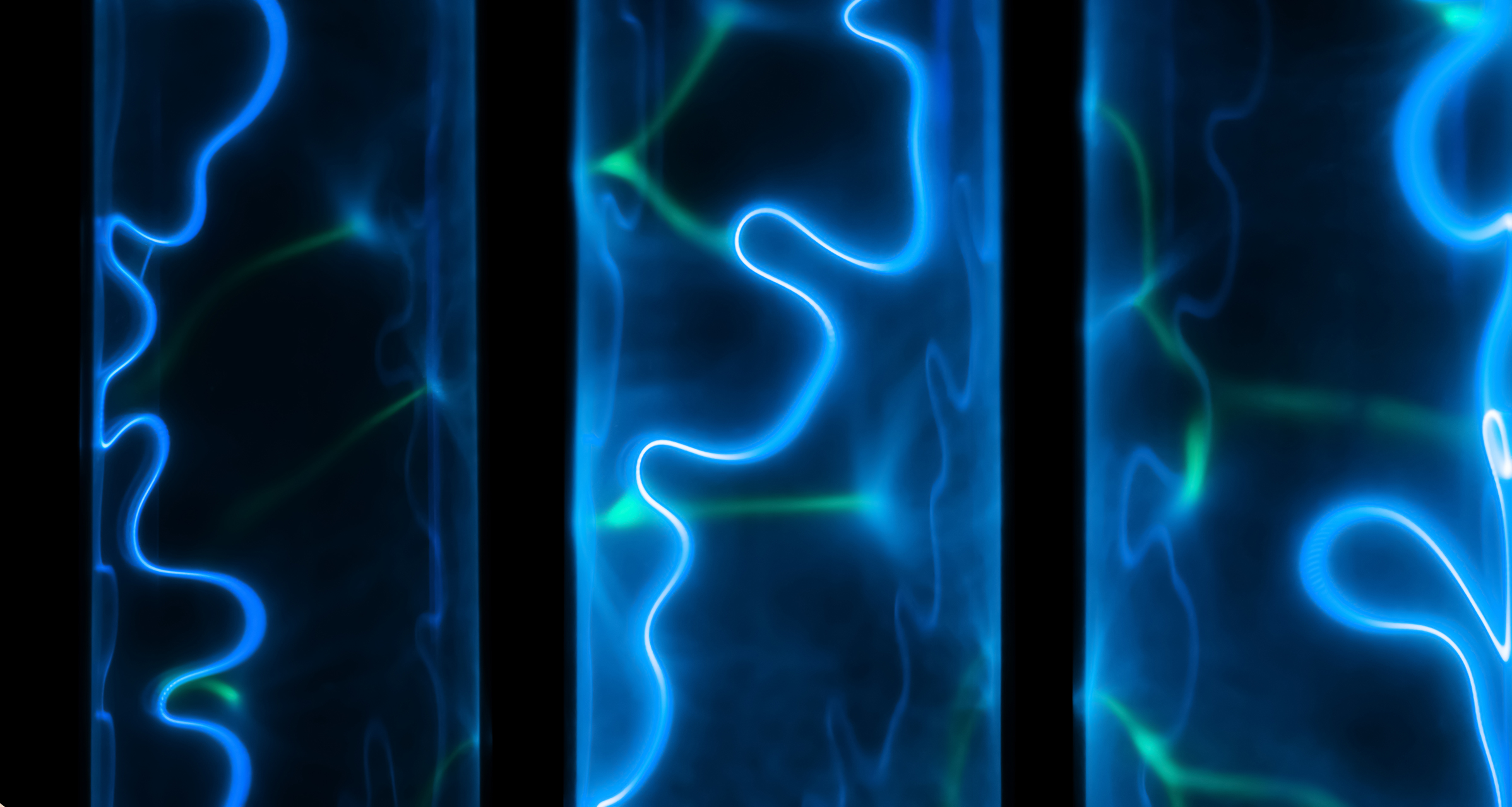 These neon discharge tubes function in the same way as those used for transient voltage suppression
These neon discharge tubes function in the same way as those used for transient voltage suppression
Some Options for Gas Discharge Tubes
Gas discharge tubes can be found on DC power lines in a number of systems thanks to their very low capacitance, which provides a fast response time. They can also be used on AC power lines as they have much smaller leakage current than other components for surge protection. The very low capacitance of gas discharge tubes allows them to be used on high frequency lines, such as in telecommunications equipment.
Littelfuse SL1021A090R
The Littelfuse SL1021A090R is a 3-electrode gas discharge tube with ultra-low capacitance (less than 1.5 pF). These components are ideal for surge protection in telecom systems and in systems where simultaneous crowbar action of two signal lines is required. This provides very fast response (less than 1 microsecond) to transients with 10 kA surge protection at 90 V breakdown voltage. Their construction makes them optimized for broadband (e.g., radio-over-copper) applications:
These series offer optimized internal geometry which provide low insertion loss at high frequencies, ideal for the protection of broadband and other high speed transmission equipment. [From the SL1021A090R datasheet]
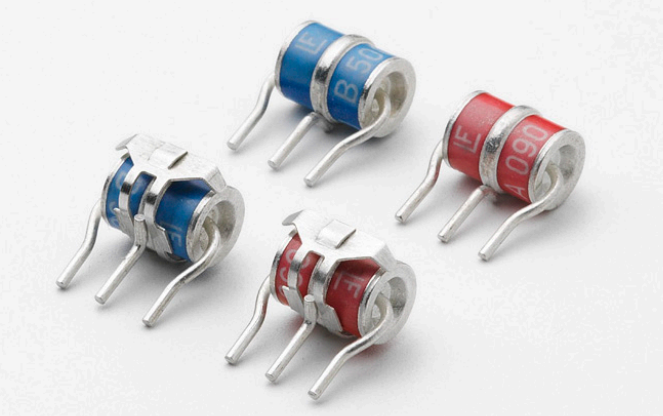 Littelfuse SL1021A090R 3-electrode gas discharge tubes, from the SL1021A090R datasheet
Littelfuse SL1021A090R 3-electrode gas discharge tubes, from the SL1021A090R datasheet
EPCOS B88069X8920B252
The EPCOS B88069X8920B252 3-electrode gas discharge tube provides similar protection level as the previous product, but it is a bit more heavy duty. The capacitance of this product is less than 0.8 pF, and it provides higher transient response (up to 25 kA). As part of the telecom landscape, these gas discharge tubes are best used for protection of critical equipment in base stations and for line protection.
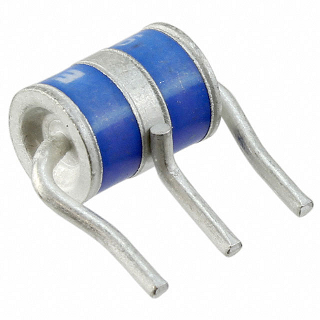 EPCOS B88069X8920B252 gas discharge tube
EPCOS B88069X8920B252 gas discharge tube
Bourns 2087-150-SM-RPLF
The Bourns 2087-150-SM-RPLF 2-electrode gas discharge tube is less robust than the previous two products, although its low capacitance (less than 0.5 pF) provides somewhat faster response time. Despite the lower impulse discharge current, it is still ideal for telecom systems that are at danger of experiencing higher overvoltage (1.3 to 2.8 kV, depending on the model number), as well as in industrial and consumer electronics applications. It also costs less than the products presented above.
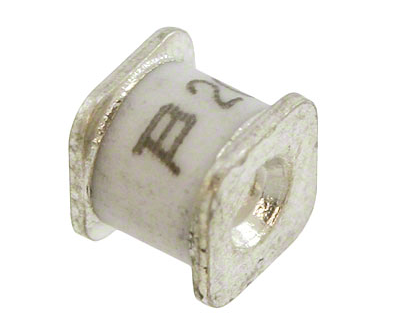 Bourns 2087-150-SM-RPLF gas discharge tube, from Digikey
Bourns 2087-150-SM-RPLF gas discharge tube, from Digikey
Telecommunications, aerospace, and other important industries are only expected to grow in the future, and many of these systems will require some level of surge protection. Whether you’re developing systems for use in aircraft, telecom systems, or the military, you can find the components you need from on Octopart.
Don't miss out on articles like this one! Stay up-to-date with our latest articles by signing up for our newsletter!